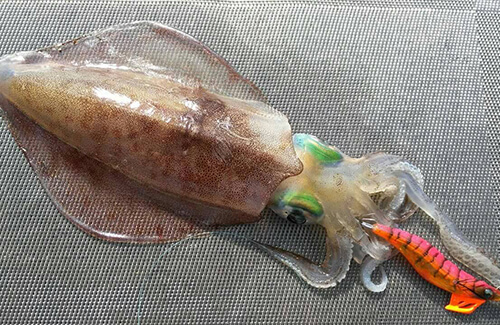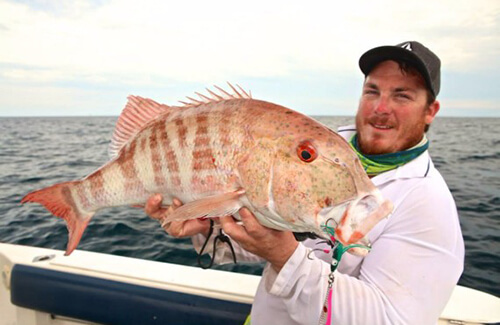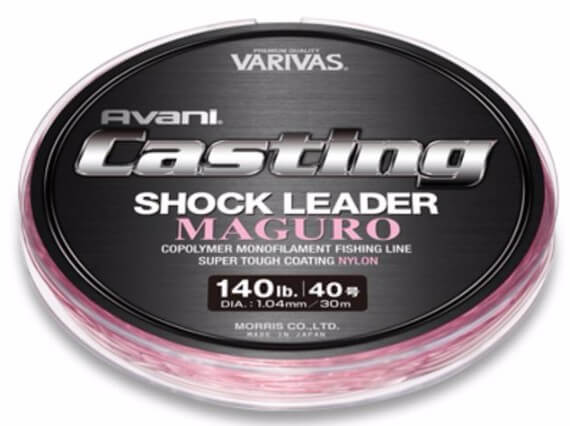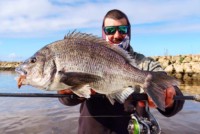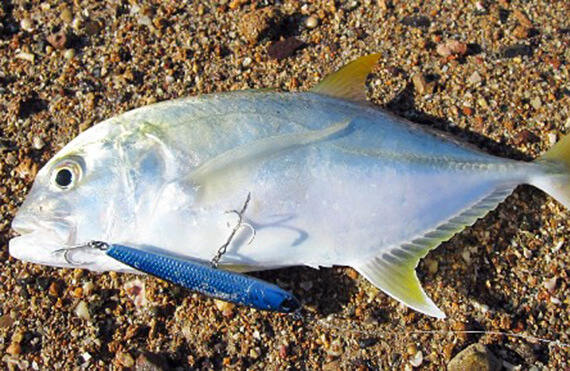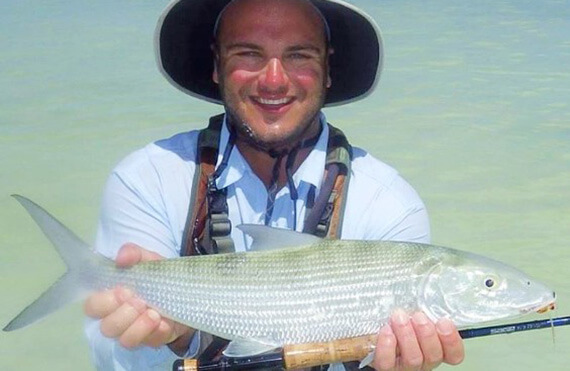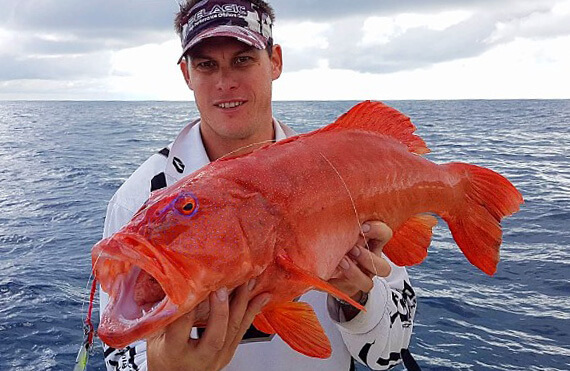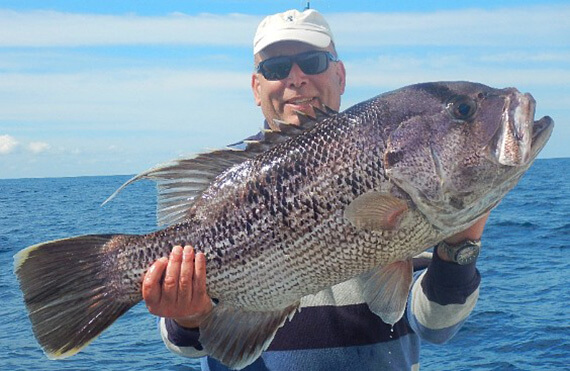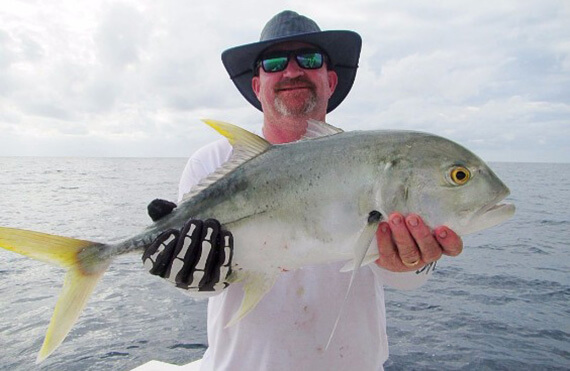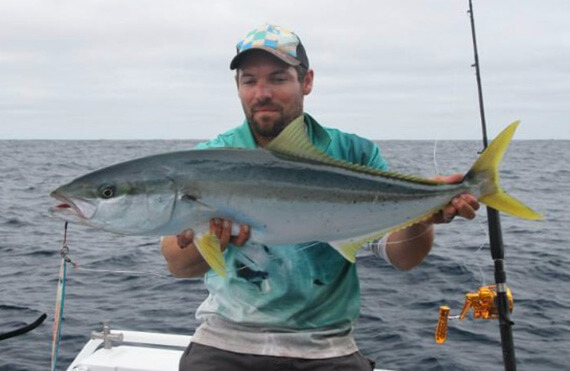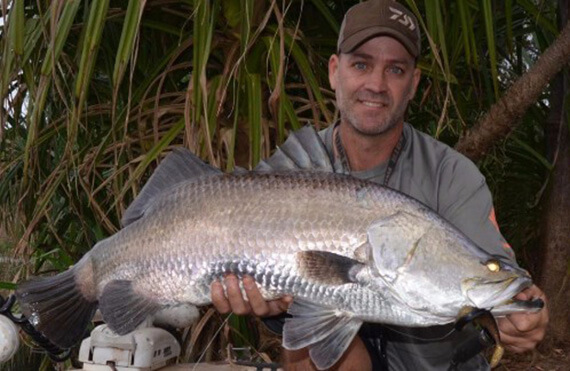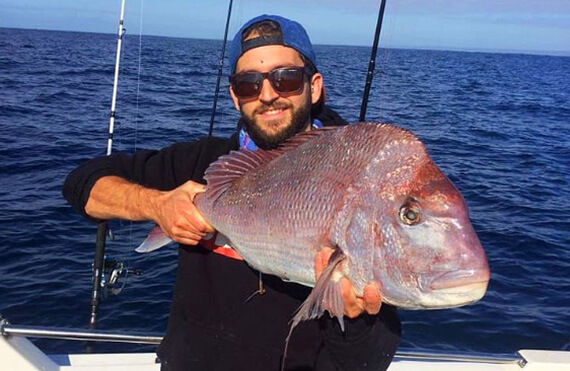Keep your eyes peeled for Recfishwest’s Tip of the week, see below!
Your Fishing Photos
Picture: Good catches of squid are coming from Lancelin Jetty (Photo courtesy of Squid Hunters Western Australia).
If you want to see yourself or your kids feature in our weekly state-wide Fishing Reports, send your best fishing photos and a description to bronte@recfishwest.org.au
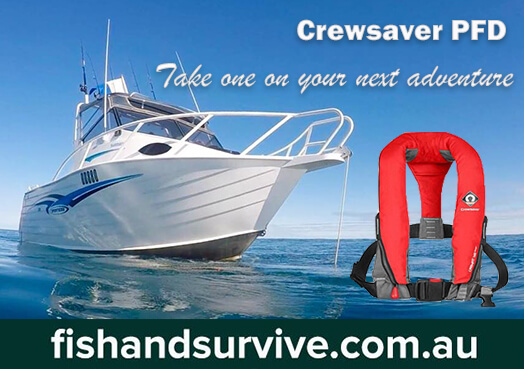
Supercharge Your Fishing Experiences: Part 1
This is the first part of a three-part series on batteries. In this article, we explain how to link batteries in a series circuit and a parallel circuit to obtain your required voltage and desired amp hours.
Read the full article here.

Broome Catches
Picture: Chinaman cod have been picked up within Roebuck Bay (Photo courtesy Dylan Picken).
Boats
Bluewater enthusiasts have been encountering good numbers of sailfish and spanish mackerel in waters off Barred Creek and Gantheaume Point. Reef fishing has been productive along the 10m to 15m depths off Cable Beach and within Roebuck Bay where coral trout, blue lined emperor, estuary cod and chinaman cod have been picked up. Cobia have been appearing in a range of depths and areas and there are plenty of mack tuna about.
Shore based
Barramundi between 55cm and 75cm, and the odd bigger fish to a metre, have been caught in the upper reaches of the Fitzroy River. Threadfin salmon have been a little hard to find at times near the mouths of the local creeks. Poppers and stick baits have been working well on queenfish, golden and small giant trevally along Cable Beach and Roebuck Bay. Spanish mackerel are occasionally being caught from the shore at Gantheaume Point.

Technical Rating: Intermediate
Whether connecting braided mainline to a shock leader for casting lures or choosing a bite-off leader for bottom bashing, leader choice can be all important for effective fishing. The market is dominated by three types of leader material, nylon monofilament, fluorocarbon and wire. Wire is self-explanatory and generally only used when targeting toothy fish. Single strand or multi strand wire can be used in non-coated or various coated forms. Generally, thinner coated wires are knottable and although stiff, some standard knots can be tied with heat shrink coatings on some. Uncoated multi-strand wires must be crimped to secure but a haywire twist may be used to secure single strand. Single strand is stiff in comparison and thinner diameter than multi strand which is more flexible allowing a more natural presentation but water resistance is less with single strand. Different situations lend themselves to different wires in more details than space here, but ask at your local tackle store for some tips.
Nylon is the most common fishing line material and commonly when people refer to “mono” line they are talking about nylon monofilament. Not to be confused with fluorocarbon which is also a monofilament line, the two have different properties which make them more or less valuable for different applications. Fluorocarbon is a clear, hard material which virtually vanishes underwater. The line has an internal structure somewhat like stringy cheese, that when ruptured will strip along the length of the line, rather than cutting across the line. It has low stretch and is much stiffer, or less supple than nylon line. Its benefits are that it provides greater abrasion resistance due to its robustness but is more difficult to tie and doesn’t provide much shock resistance.
Nylon line can come in any range of colours including crystal clear. A range of suppleness is also available from supple to tough/stiff. Generally though, nylon line is much more supple, soft and stretchy than fluorocarbon. It is easier to tie knots, has better shock absorption and is much cheaper to buy. The down side is what it lacks in hardness is reflected in abrasion resistance and line that has been compromised will give way sooner than fluorocarbon with cuts and nicks spreading across the line, rather than down its length. So give a few leader lines a go and choose your favourite for your style of fishing.


